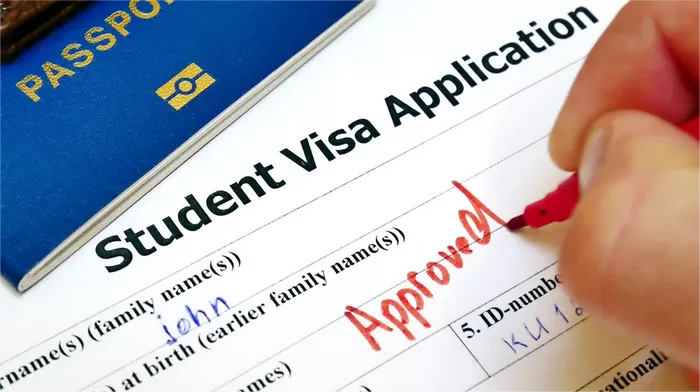Securing a student visa is a pivotal step for international students aspiring to study abroad. It’s a process laden with paperwork, requirements, and waiting periods that can vary depending on multiple factors. Understanding the timelines involved in obtaining a student visa is crucial for prospective students, educational institutions, and immigration authorities alike. In this comprehensive guide, we delve into the intricacies of the student visa application process, shedding light on the factors influencing processing times and offering insights into how applicants can navigate this journey effectively.
Introduction to Student Visas
Before delving into the timelines, it’s essential to grasp the basics of student visas. These visas are issued by the destination country’s government, granting permission to foreign nationals to enter, reside, and study within its borders for a specified duration. Student visas come with various conditions and restrictions, such as limits on working hours, requirements for maintaining a full-time student status, and restrictions on traveling outside the country of study.
Factors Influencing Visa Processing Times
The duration for processing student visas can vary significantly depending on several factors. Understanding these variables can provide insight into the timelines applicants can expect:
Country of Destination: Different countries have distinct visa processing systems and resources allocated to handling student visas. Some nations prioritize educational exchange programs and may offer expedited processing for student visas.
Type of Institution and Program: The type of educational institution and the duration and nature of the program also impact processing times. For instance, visas for undergraduate programs might have different processing timelines compared to those for graduate or vocational programs.
Time of Application Submission: The time of year when the application is submitted can influence processing times. Educational institutions often witness a surge in visa applications around admission deadlines, leading to longer processing durations.
Completeness and Accuracy of Documentation: Incomplete or inaccurate documentation can lead to delays in processing as immigration authorities may request additional information or clarification.
Security and Background Checks: Many countries conduct security and background checks on visa applicants, which can prolong processing times. These checks are particularly stringent for students applying from certain regions or for programs with security sensitivities.
Interview Requirements: Some countries require visa applicants to attend an interview as part of the application process. Scheduling these interviews and processing the outcomes can add to the overall processing duration.
SEE ALSO: HOW STUDENT VISAS WORK IN CANADA?
Typical Processing Timelines
While processing times can vary, certain patterns and averages emerge across different countries and educational institutions. It’s essential to note that these timelines are indicative and subject to change:
United States: The processing time for a student visa (F-1 visa) for the United States typically ranges from a few weeks to a few months. Applicants are encouraged to apply as early as possible, ideally three to six months before the start of their program.
United Kingdom: Student visa processing times for the United Kingdom vary depending on the type of visa and the applicant’s country of origin. Generally, applicants should expect processing times of around 2-3 weeks, but this can extend during peak periods.
Australia: The Australian student visa processing time can range from one month to several months, depending on factors such as the applicant’s nationality, the complexity of the case, and the time of year.
Canada: Canadian student visa processing times vary depending on the applicant’s country of residence and the type of program. On average, processing times range from two weeks to two months.
European Union: Visa processing times for EU countries can vary significantly, with some countries offering expedited processing for certain nationalities or programs. Generally, applicants should allow for at least 1-3 months for the visa to be processed.
Tips for Expedited Processing
While visa processing timelines are largely dependent on external factors, there are steps applicants can take to expedite the process:
Submit a Complete Application: Ensuring all required documentation is complete and accurate can prevent delays caused by requests for additional information.
Plan Ahead: Applying for a visa well in advance of the program start date allows ample time for processing and reduces the likelihood of last-minute complications.
Follow Instructions Carefully: Adhering to the application guidelines and providing all requested information can streamline the processing process.
Communicate Proactively: In cases where delays are anticipated or additional information is required, proactive communication with the relevant authorities can facilitate faster resolution.
Utilize Expedited Services: Some countries offer expedited processing services for an additional fee. While this may not be feasible for all applicants, it can be worth considering for those facing time constraints.
Conclusion
Obtaining a student visa is a significant milestone for international students embarking on educational journeys abroad. While the process can be complex and time-consuming, understanding the factors influencing processing times and taking proactive steps can help applicants navigate the process more effectively. By allowing ample time for visa processing, submitting complete and accurate documentation, and staying informed about application guidelines, prospective students can enhance their chances of obtaining a student visa in a timely manner, paving the way for a rewarding academic experience overseas.


